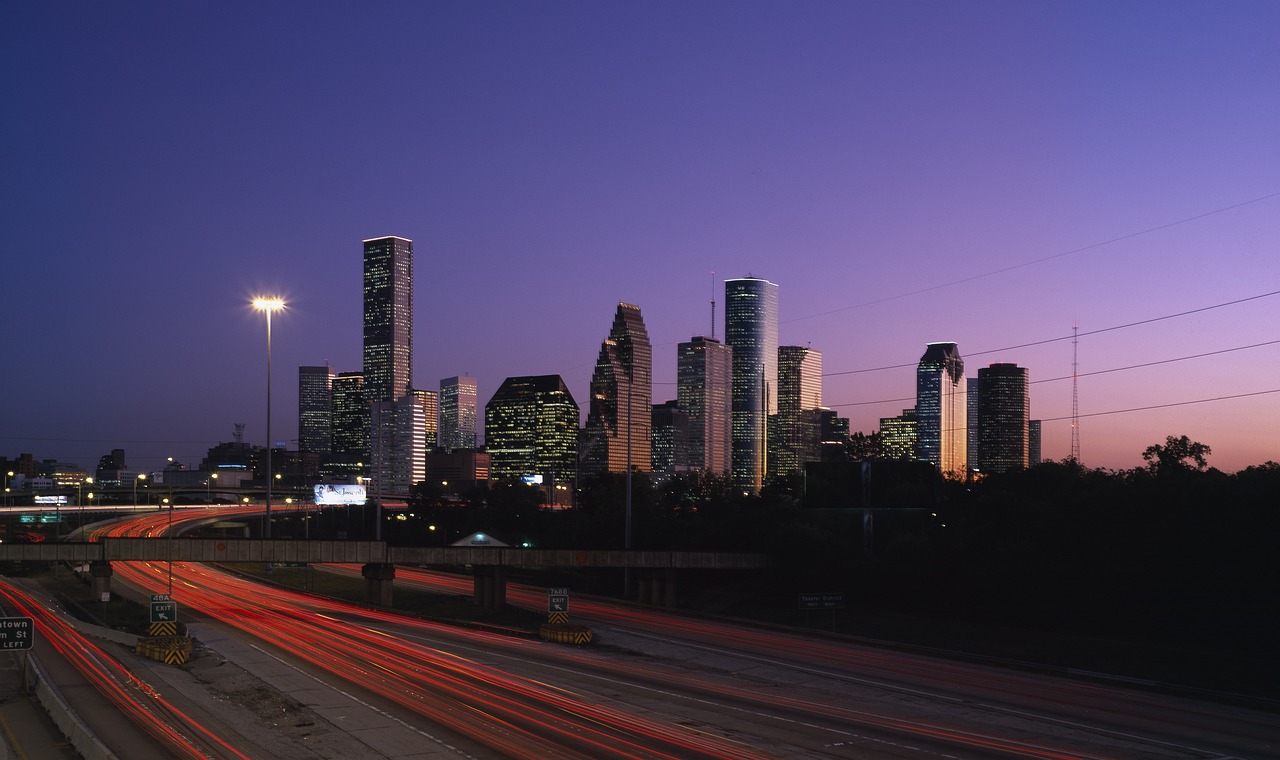Evolving Job Markets Across the U.S.
Since the end of the Great Recession in 2009, the U.S. job market has improved unevenly across different regions. While some cities have recovered and grown steadily, others have seen slower progress in employment and wage development.
In response to these differences, the Glassdoor Economic Research group created a Recovery Index. This index originally identified cities with the strongest economic recovery based on job growth, wage increases, and unemployment rate reduction over six years.
As of 2025, updated analyses now reveal which cities are currently offering the most favorable conditions for job seekers based on recent employment trends and salary data.
2025 Rankings: Leading Cities for Job Seekers
The following cities have shown strong job growth, competitive salaries, and low unemployment rates, making them top choices for individuals seeking employment in 2025.
Midland, Texas
- Job Growth: 5.1%
- Average Annual Salary: $62,520
- Unemployment Rate: 2.4%
Durham-Chapel Hill, North Carolina
- Job Growth: 4.4%
- Average Annual Salary: $71,720
- Unemployment Rate: 2.9%
Corvallis, Oregon
- Job Growth: 4.3%
- Average Annual Salary: $65,190
- Unemployment Rate: 3.0%
Charlottesville, Virginia
- Job Growth: 3.8%
- Average Annual Salary: $62,400
- Unemployment Rate: 2.6%
Raleigh, North Carolina
- Job Growth: 3.7%
- Average Annual Salary: $62,500
- Unemployment Rate: 3.0%
Rochester, Minnesota
- Job Growth: 3.6%
- Average Annual Salary: $73,650
- Unemployment Rate: 2.2%
San Luis Obispo-Paso Robles-Arroyo Grande, California
- Job Growth: 3.6%
- Average Annual Salary: $61,680
- Unemployment Rate: 3.5%
Dallas-Fort Worth-Arlington, Texas
- Job Growth: 3.6%
- Average Annual Salary: $61,160
- Unemployment Rate: 3.6%
Huntsville, Alabama
- Job Growth: 3.5%
- Average Annual Salary: $63,790
- Unemployment Rate: 2.0%
Manchester, New Hampshire
- Job Growth: 3.5%
- Average Annual Salary: $62,810
- Unemployment Rate: 2.0%
Summary
The 2025 job market continues to favor regions with expanding industries, strong wage growth, and low unemployment. Cities that offer a mix of economic stability and career opportunities are increasingly attractive to professionals seeking new roles.
As the workforce evolves, staying informed about where job opportunities are growing can help individuals make better decisions about where to work and live.
